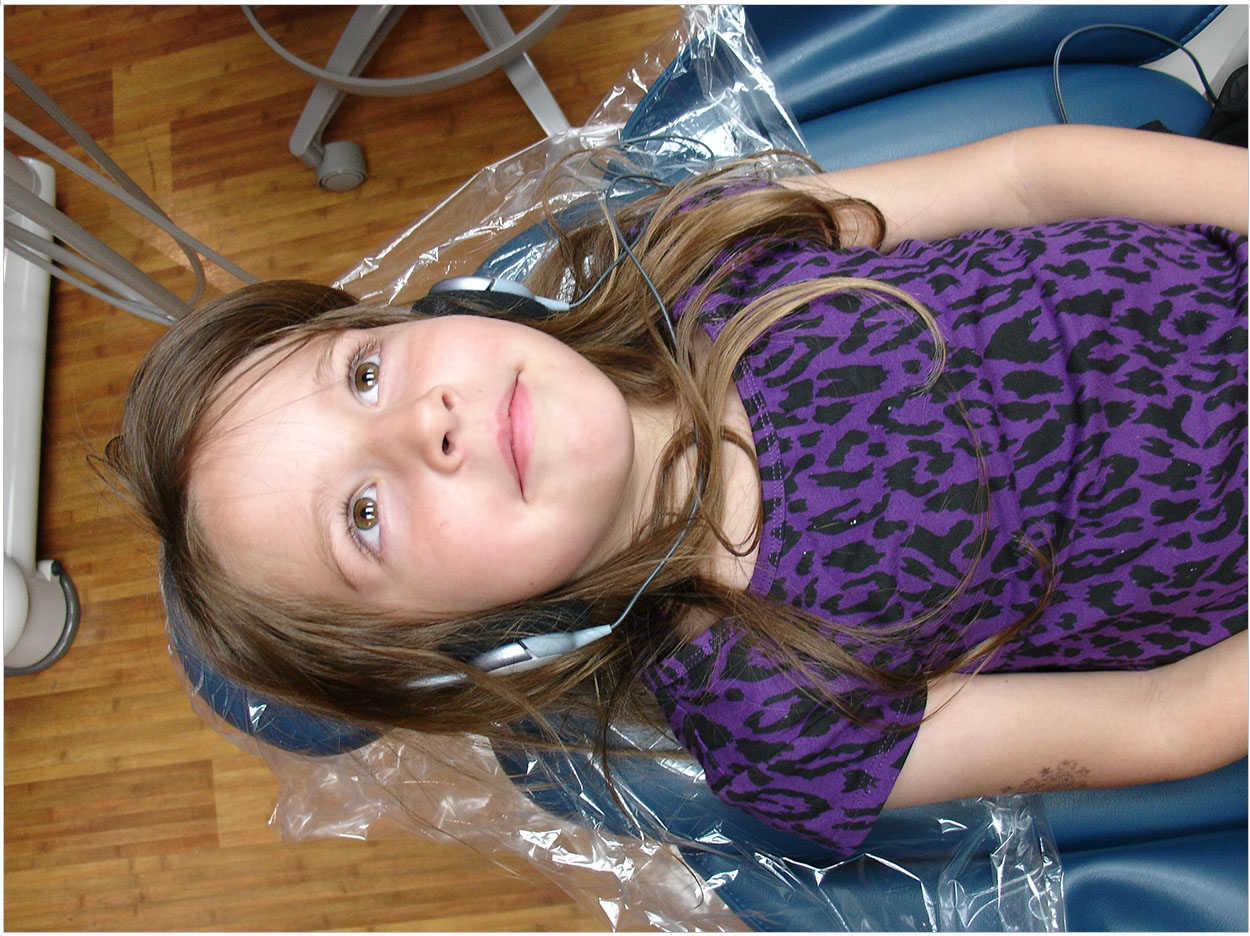
Tooth decay is the most common chronic childhood illness, affecting 21% of kids aged 6 to 11 years and 58% of adolescents aged 12 to 19 years, according to the 2011 to 2012 National Health and Nutrition Examination Survey. Yet sealants can stop decay in its tracks, reducing its risks by 80% in permanent molars, the ADA and the American Academy of Pediatric Dentistry (AAPD) report.
“Sealants are a proven and effective therapy for preventing cavities in children and teens. Oral disease can greatly impact one’s concentration and self-esteem and contributes to more than 51 million hours of missed school each year,” said Timothy Wright, DDS, MS, lead author of the research. “The joint report reaffirms that sealants should be a routine part of cavity prevention.”
Dental sealants are applied to the pits and fissures of molars and act as a barrier to keep the bacteria that causes decay away from the tooth. Sealants also can stop existing initial decay from developing into a cavity. After reviewing 23 prior studies, the ADA and AAPD have updated their clinical practice guidelines for applying sealants.
“The new guideline gives clear direction for dentists to best use sealants to improve the oral health of their patients,” said Wright.
Also, the bisephenol A (BPA) in sealants presents no danger to patients. The US Environmental Protection Agency recommends a limit of one million ng per day for a 6-year-old child. But sealants only release 0.09 ng of BPA, according to the ADA Science Institute, which tested the BPA release from 12 dental sealants used by dentists in the United States.
In fact, the ADA Professional Product Review (PPR) reports that a 6-year-old child is exposed to more BPA from food, drinks, sunscreen, shampoo, body wash, and other cosmetics, as well as from thermal paper like cash register receipts, than from dental sealants. BPA exposure from dental sealants also is about 100 times lower than the exposure associated with the BPA present in the air, which is 8 ng a day.
“This issue of the PPR provides a much needed perspective on the amount of BPA in dental materials compared with other sources of exposure,” said David Sarrett, DMD, PPR editor. “Dental sealants offer a tremendous oral health benefit to children and should continue to be a routine preventive service.”
The sealant study, “Sealants for Preventing and Arresting Pit-and-Fissure Occlusal Caries in Primary and Permanent Molars,” and the guidelines, “Evidence-Based Clinical Practice Guideline for the Use of Pit-and-Fissure Sealants,” were published by the Journal of the American Dental Association and Pediatric Dentistry.
Related Articles
Sealants Are the Key to Successful Preventive Pediatric Services
Study Examines Erroneous Diagnoses of Caries
$7 Million in NIH Awards to Fight Disparities in Pediatric Care



